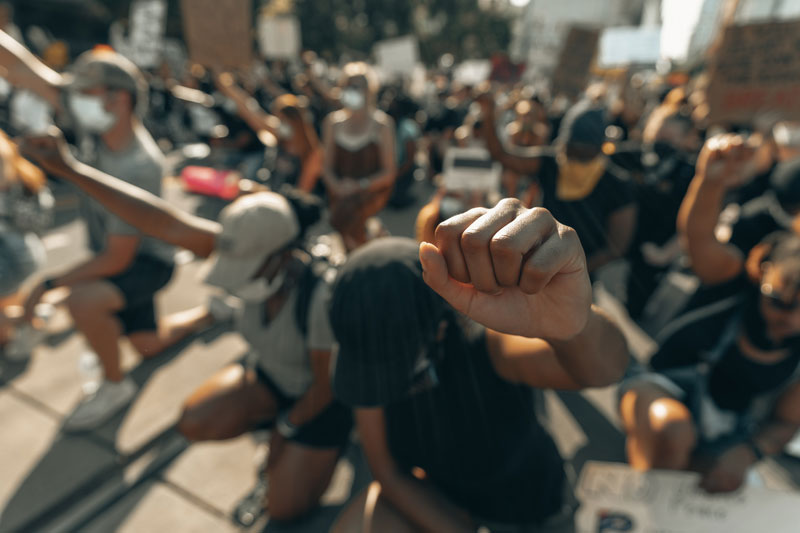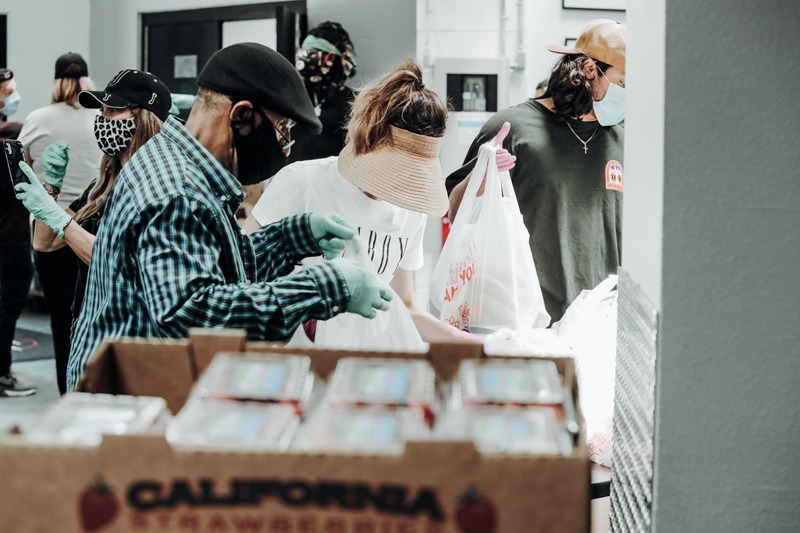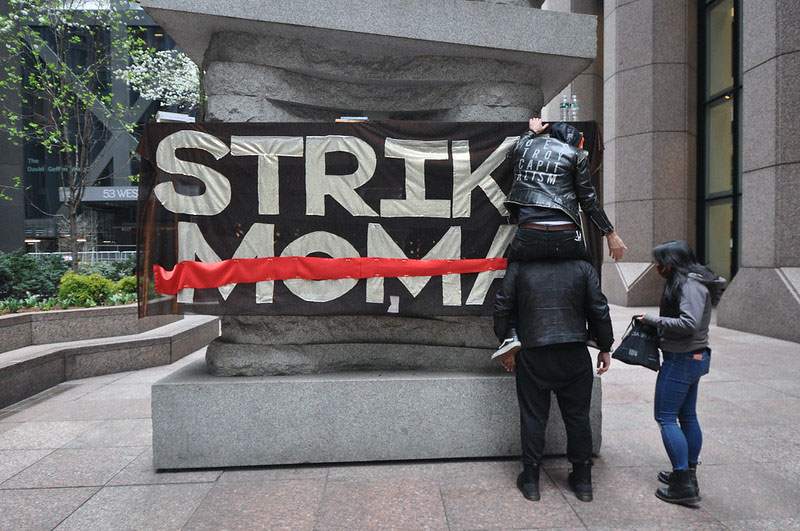November 22, 2010; Source: Youth Today | A blog posting by Montana’s junior senator Jon Tester about a state of emergency at the Fort Peck Indian Reservation in the northeastern part of the state merits the attention of every foundation grantmaker that substituted glossy PR for substantive grantmaking when Montana’s senior senator, Max Baucus, called on organized philanthropy to double its grantmaking to rural America in five years.
Five years later, rural grantmaking has jumped hardly more than a blip during this time. Tester tells the story of six kids on the Fort Peck Indian Reservation who committed suicide (four by hanging, one by gunshot, one by standing in front of an oncoming train), one of them only 10 years old. Twenty others at Fort Peck have attempted suicide. The tribe declared a state of emergency and called in counselors for help. But as Tester points out, “in geographically isolated northeastern Montana—like in many areas of rural America—resources aren’t always readily available. Recruiting health professionals to serve frontier communities is challenging too.” That was exactly the message behind the campaign doubling foundation grantmaking to rural America. Foundations generated two rural philanthropy conferences and a publication selling for $35 with various perspectives on rural needs and foundation responses.
Sign up for our free newsletters
Subscribe to NPQ's newsletters to have our top stories delivered directly to your inbox.
By signing up, you agree to our privacy policy and terms of use, and to receive messages from NPQ and our partners.
The Daily Yonder’s Bill Bishop wrote last year that while urban and rural suicide rates were roughly equal in the 1970s, rural suicide rates were 54 percent higher in rural areas by the late 1990s, not because urban suicides had declined, but because rural suicide rates were burgeoning. According to a 2008 report from the Suicide Prevention Resource Center [PDF], suicide is the third leading cause of death of young people between 10 and 24, and Western and mountain states and states with large rural areas have higher rates of youth suicide than other areas. Does it require a litany of kids taking their own lives out of hopelessness and despair to snap most foundations out of their rural grantmaking lethargy?—Rick Cohen













